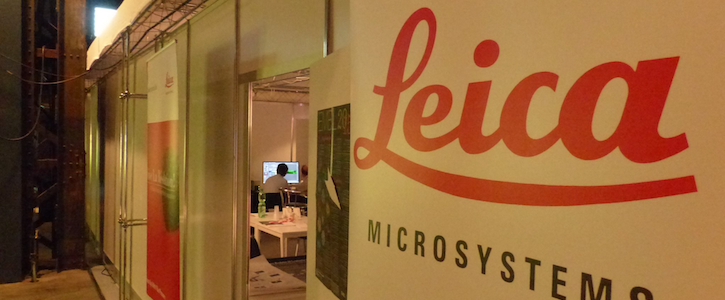Augmented Reality Tool for Neurosurgery Gets FDA Clearance
Leica Microsystems says the tech enables surgeons to make critical decisions when they matter most.

An augmented reality (AR) surgical tool has earned marketing clearance from the U.S. Food and Drug Administration (FDA), opening Leica Microsystems’ technology to neurosurgeons across the country.
GLOW800 is an AR surgical fluorescence for vascular neurosurgery. It works with indocyanine green to enable surgeons to view the brain in its natural color, with real-time vascular flow and actual depth perception, according to an announcement from Leica Microsystems, a manufacturer that has been working in this field for 10 years but has been operating for more than a century.
>> READ: How Extended Reality Is Changing Cardiology
Leica’s technology and similar offshoots coming down the pike “will allow surgeons to perform life-changing neurosurgical interventions with the confidence that they have the best possible visual information right in the field of view,” Markus Lusser, president of Leica Microsystems, says in a statement.
AR should not be confused with virtual reality. AR technologies enable users to experience the physical world differently, with added digital layers. Virtual reality immerses users in a novel, totally computerized setting. Both technologies, however, are entering healthcare in various ways.
Leica Microsystems’s GLOW800 technology is the “first of many imaging modalities” that is slated to use the company’s AR platform, according to the company. These technologies may be integrated with the organization’s AR microscope as well.
Cleopatra Charalampaki, M.D., Ph.D., praised Leica’s staffers for working with neurosurgeons to develop practical technologies, an undertaking that key opinion leaders consistently call for in this age of shiny, new and sometimes-useless tech.
“I have excellent spatial orientation, and I am impressed with the crisp delineation of vessels,” Charalampaki says in a statement. “I believe GLOW800 AR fluorescence will have a significant impact on surgical outcomes in the future.”
But, as is typically the case on medicine’s cutting edge, a belief in the power of a technology won’t be enough to spur widespread adoption. It will take hard numbers, over time, at scale — and Leica’s FDA clearance is a step forward.
Get the best insights in healthcare analytics directly to your inbox.
Related
What Tesla’s Electric Truck Can Teach Us About Healthcare’s Digital Transformation​
Texas Team Becomes First in US to Perform AR Sinus Surgery
VR Could Automate Psychiatric Care Delivery, Extending Help to Millions